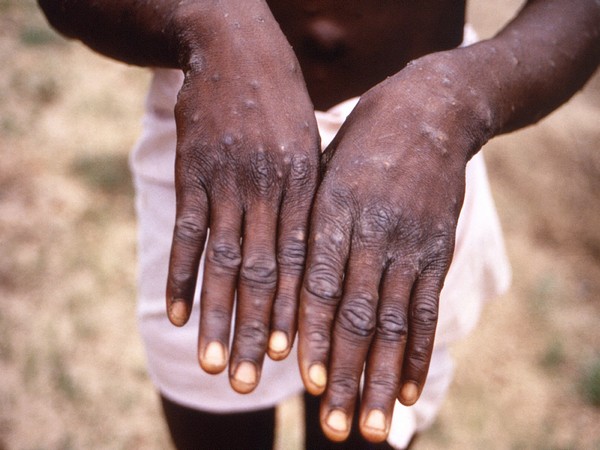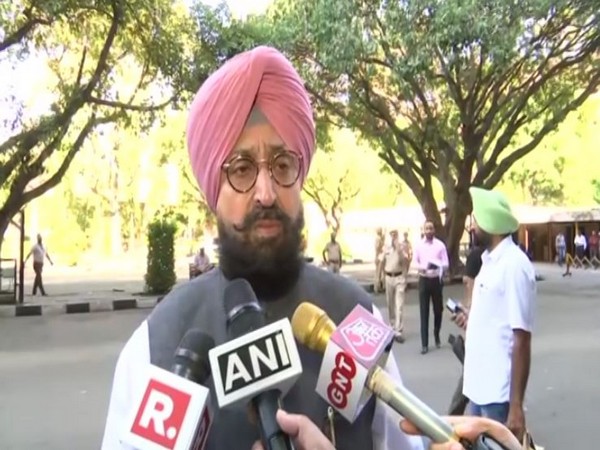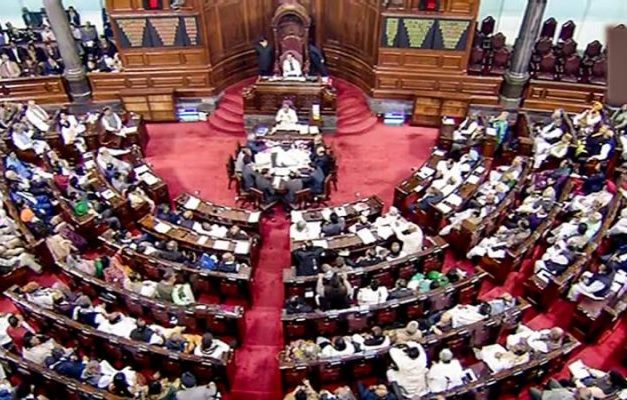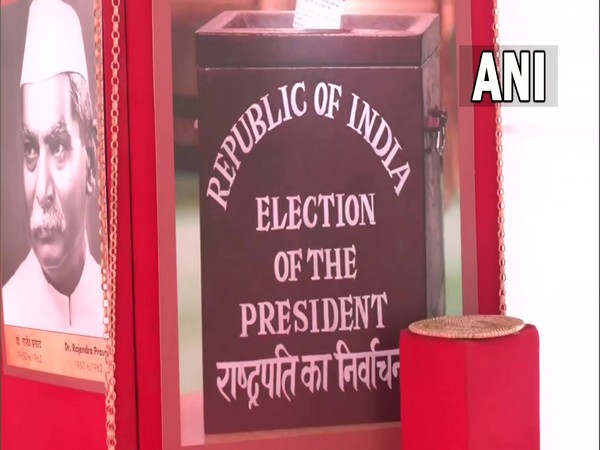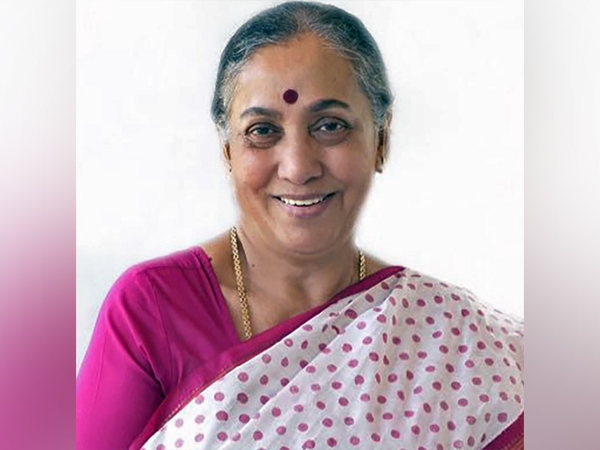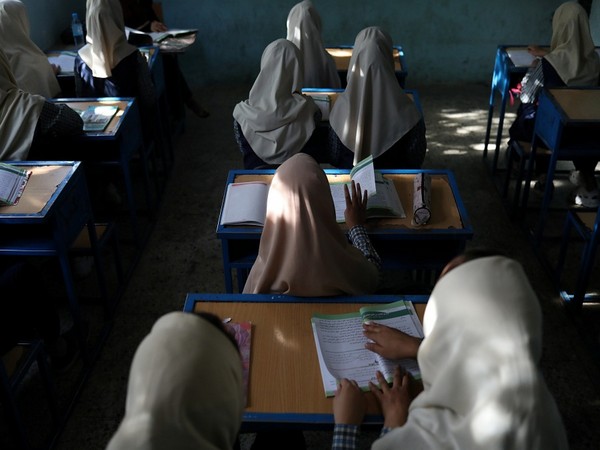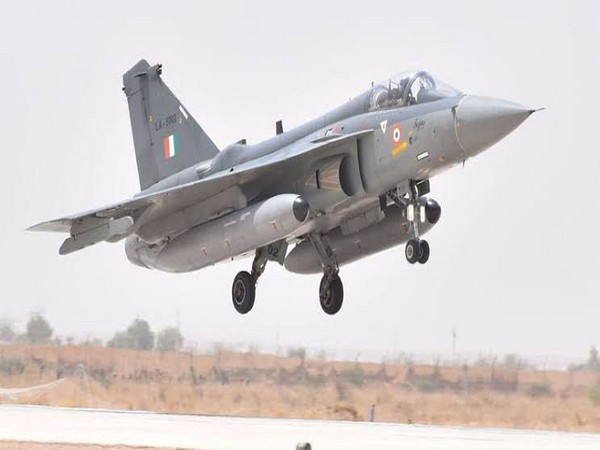India reported the second confirmed Monkeypox case Kannur district on Monday, confirmed officials from Union Health Ministry and National Centre for Disease Control (NCDC).
As per Kerala Health minister’s office, a 31-year-old male has been infected with the virus. He is undergoing treatment in Pariyaram Medical College Kannur.
“One more monkeypox confirmed in Kerala. The 31 year old man from Kannur is currently undergoing treatment at Pariyaram Medical College. The patient’s health condition is reported to be satisfactory,” said Kerala Health Minister Veena George.
The multidisciplinary central team of officials has been already deployed by the Union Health Ministry.
Those in close contact with him have been put under surveillance, the minister added.
Earlier on July 14 India reported the first Monkeypox case of a UAE traveller from Kerala.
The Union Health Ministry on Friday released new guidelines for the management of the Monkey pox disease. The Ministry listed out points for the general masses to avoid the contradiction of the disease which included avoiding contact with dead or wild animals (rodents, monkeys).
The official to ANI also said that no need to panic all fresh guidelines has been issued to all States and UTs.
“No need to panic as Centre has given fresh directions to all the states and Union Territories regarding Monkeypox. It spreads through close contact with lesions, body fluids, prolonged contact with Respiratory Droplets and contaminated materials such as bedding,” said official sources.
Health secretary Rajesh Bhushan cited the letter sent by the ministry on May 31 in which it had issued a comprehensive ‘Guidelines for Management of Monkeypox Disease’. As of now, there is no reported case of Monkeypox has been reported in India.
The health secretary asked all the states and union territories to take key actions like orientation and regular re-orientation of all key stakeholders including health screening teams at points of entries (PoEs), disease surveillance teams, doctors working in hospitals about common signs and symptoms, differential diagnosis, case definitions for suspect/probable/confirmed cases and contacts, contact tracing and other surveillance activities that need to be undertaken following detection of a case, testing, IPC protocols, clinical management etc.
He further asked to screen and test all suspect cases at points of entry and in the community.
“Patient isolation (until all lesions have resolved and scabs have completely fallen off), protection of ulcers, symptomatic and supportive therapies, continued monitoring and timely treatment of complications remain the key measures to prevent mortality,” he said.
Bhushan said that the intensive risk communication directed at healthcare workers identified sites in health facilities (such as skin, paediatric OPDs, immunization clinics, intervention sites identified by NACO etc.), as well as the general public about simple preventive strategies and the need for prompt reporting of cases, needs to be undertaken.
The hospitals must be identified and adequate human resource and logistic support should be ensured at identified hospitals equipped to manage suspect/confirmed cases of Monkeypox.
“I am sure, States/UTs shall make all efforts to ensure effective preparedness and take required action as per the guidelines. Union Ministry of Health shall continue to monitor the situation closely and will extend all requisite support in this regard,” he added.
According to WHO South East Asia regional director the region has been on alert for Monkeypox.
“The Region has been on alert for monkeypox. Countries have been taking measures to rapidly detect and take appropriate measures to prevent the spread of monkeypox,” said Dr Poonam Khetrapal Singh, Regional Director, WHO South-East Asia.
“WHO has been supporting Member countries in the Region assess the risk for monkeypox and strengthen their capacities to prepare and respond to the evolving multi-country outbreak,” she said. (ANI)
